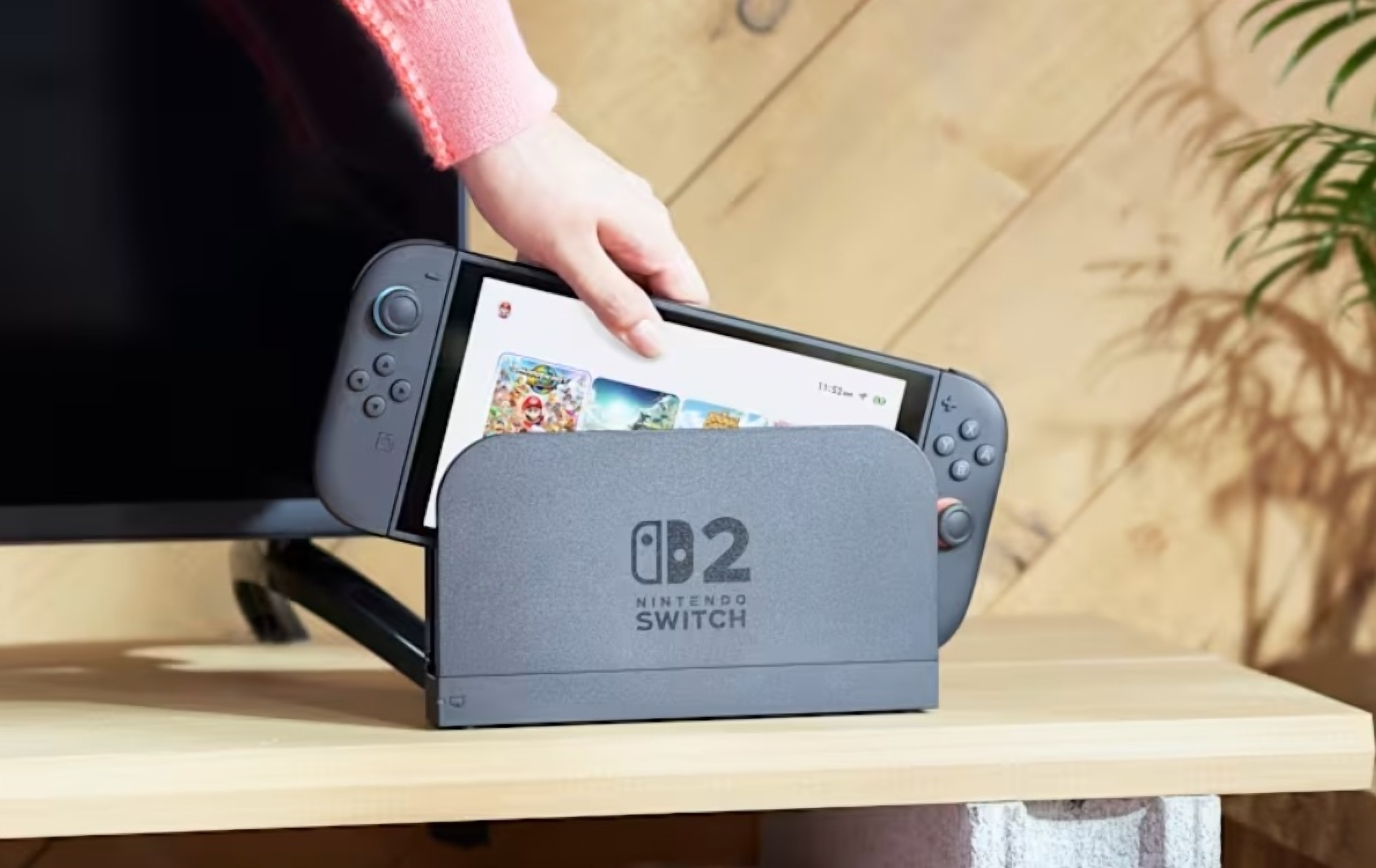The Nintendo Switch 2 hit stores on June 5, 2025, with a starting price of 469.99 euros for the standard version and 509.99 euros for the package that includes Mario Kart World. Its design does not represent a radical departure from the previous generation, but it does improve key aspects such as resolution in docked mode, surround sound, and a larger screen. However, beyond the technical specifications, what drives the market is something else: a combination of economic expectations and emotional connection with a brand that spans generations.
Since its official presentation, reservations exceeded 2.2 million units worldwide. In just the first week after its release, Nintendo's stocks on the Tokyo Stock Exchange rose by around 32%. It is expected that in the current fiscal year ending in March 2026, the console will reach between 15 and 20 million units sold globally. It is estimated that this will represent revenues of around 9.000 million euros. This figure is not just a commercial goal: it marks the difference between a sustained success cycle and a failed generational shift, as was the case with the Wii U.
Spain on the European podium of console buyers
In Spain, the impact of the launch is particularly clear. The country has established itself in recent years as the third European market for Nintendo, behind France and Germany, with over three million Switch consoles sold by December 2023. According to data from the Spanish Video Game Association, the sector generated 2.408 million euros in 2024, with 22.1 million regular players. The original Switch led sales for six consecutive years, and a significant part of the commercial ecosystem - from retailers like GAME or MediaMarkt to specialized stores - has focused its strategy this quarter on the boost represented by the arrival of the new model.
The price, however, does not go unnoticed. The increase compared to the previous generation, launched in 2017 for 329 euros, comes in a context of accumulated inflation, high-interest rates, and lower family savings capacity. Nevertheless, the initial sales pace suggests that Nintendo has managed to set a value that the market is willing to pay, at least in the launch phase. Part of this consumption elasticity is explained by the compatibility model offered by the console: over 99% of previous games can be used on the new device, reducing the entry barrier for users who have already invested in digital or physical titles in recent years.
Commercial, logistical, digital, and cultural factors
The production strategy also responds to economic factors. Instead of relying exclusively on China, Nintendo has distributed manufacturing among Vietnam, Thailand, and Malaysia, with the aim of reducing risks derived from US tariffs. In the current context of geopolitical uncertainty, and with the US trade policy under review, that logistical diversification offers a partial shield against disruptions in the supply chain.
Another relevant factor is the continuity in digital services. Nintendo Switch Online closed 2024 with 38 million subscribers. With the new console, that ecosystem expands and reinforces the cross-selling of software, expansions, cloud services, and cosmetic elements. Nintendo's business model is based less on graphic power than on the stability of its intellectual properties, such as Zelda or Pokémon. This strategy has allowed the company to maintain an operating margin of around 30% in recent fiscal years.
The cultural dimension also has tangible economic effects. Part of the console's appeal lies in its ability to activate an emotional bond with the user. Many current buyers grew up with Game Boy, Super Nintendo, or Wii, and now relive that experience with their children. This generational transversality turns the console into a product that is not only sold but also remembered. And in economics, memory also holds value.
The launch of the Switch 2 not only energizes the video game market: it influences the turnover of businesses, activates the demand for independent developers - especially in regions like Catalonia, which concentrates a third of the sector in Spain - and stimulates competition in the sale of accessories, where local manufacturers find opportunities against the rising prices of official peripherals. Additionally, for international technology funds, Nintendo remains a relevant asset, with a strong Asian exposure and solid performance in product transition years.
Overall, the new console is much more than an entertainment device. It is a platform that mobilizes logistical resources, creative talent, family spending decisions, and stock market interests. In that intersection between consumption, technology, and memory, Nintendo has found a formula that, at least for now, continues to work.
